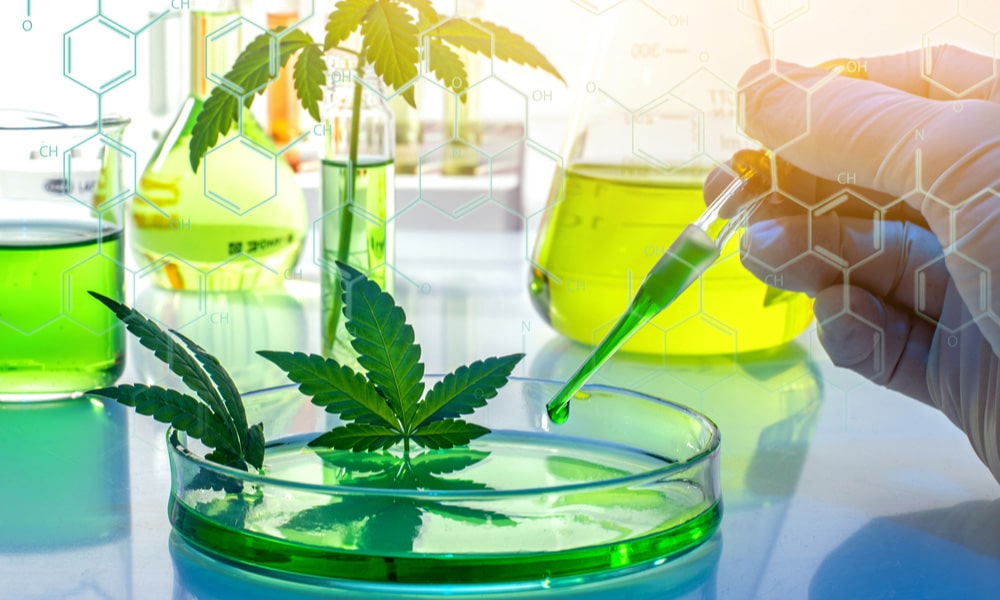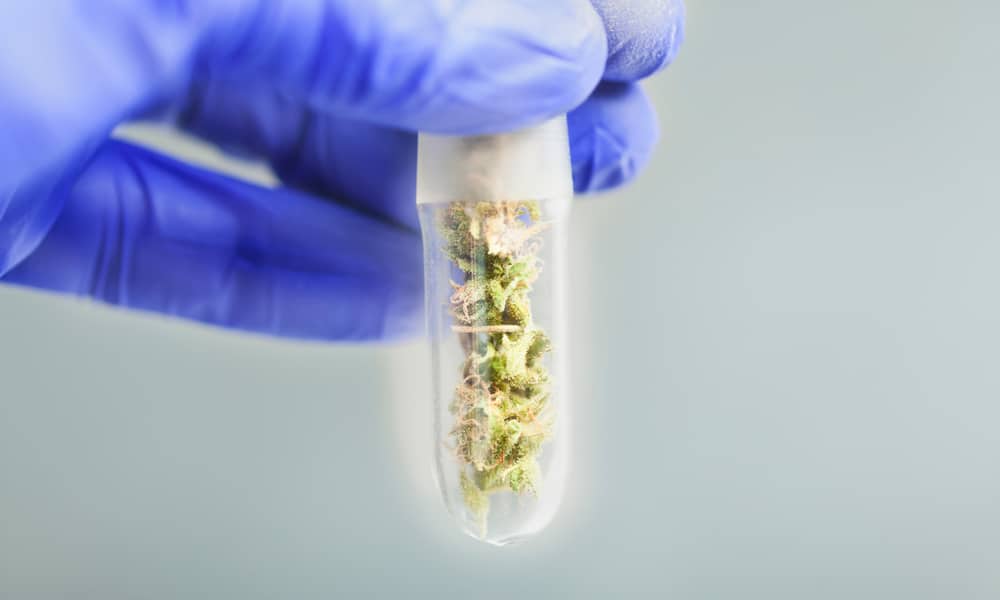On its surface, a cannabis lab report may seem simple to interpret. All shoppers need to do is review a strain’s THC levels, right?
Although most cannabis lab reports are well-organized, the tech behind measuring cannabinoid potencies is continually evolving. Even seemingly straightforward metrics like total THC levels are surprisingly complex. Also, many non-THC metrics could influence a strain’s effects. Customers need to have a basic grasp of interpreting lab results to better understand a strain’s potency.
How Do You Read THC Levels In A Cannabis Strain?
When you look at most cannabis lab reports, you’ll often see three THC levels detailed. In addition to “total THC,” you may see fields for “THC-A” and “THC.” To understand what these figures represent, you first have to understand how cannabinoids work.
Interestingly, every cannabinoid in raw cannabis has a different molecular structure before you heat it. Technically, these “original cannabinoids” are acidic compounds—hence the “A” in “THC-A.”
While some scientists believe THC-A may have unique benefits, it isn’t as bioavailable as the THC that gets you “high.” Indeed, if you were to take THC-A on its own, it wouldn’t have a psychoactive effect.
Not only does THC-A have unique physiological effects, it has a slightly heavier weight than THC. In fact, cannabis manufacturers have to multiply the THC-A concentration by 87 percent to account for this weight difference. This is why you can’t get the total THC percentage by simply adding THC-A with activated THC.
But wait a minute—why is there any THC in a cannabis flower’s lab report? Didn’t we say raw cannabis flowers only contain THC-A?
Well, if lab technicians use procedures like gas chromatography, they need to heat cannabis nugs to get a read on the total THC percentage. This extra heat transforms some of the THC-A molecules to THC, which is why you’ll find THC in some lab stats.
Generally speaking, any cannabis flower with above 20 percent total THC should be considered a “high-intensity” hybrid.
What Else Do Third-Party Lab Results Test For?
When marijuana customers read their strain’s packaging label, chances are they only scan for the total THC percentage. While THC will tell you a great deal about a strain’s effects, please don’t forget about all the other cannabinoids and terpenes in cannabis strains.
Most significantly, customers should take a look at the total CBD percentage. Even though CBD is non-psychoactive, it affects THC bioavailability. Recent reports suggest CBD can block THC from landing on cannabinoid receptor sites. So, even if your strain has moderate THC content, it could have a weaker impact if there’s a lot of CBD.
After THC and CBD, it’s worthwhile scanning a cannabis strain’s total terpene percentages. Terpenes give each strain its unique aromas, so they can help you figure out a strain’s flavors. On top of that, knowing what terpenes are in your hybrid could clue you in on its effects.
For instance, most tokers claim the terpene linalool enhances feelings of sedation. By contrast, strains that have a lot of limonene or alpha-pinene often have more energizing qualities.
Taking a few moments to scan a cannabis lab report can give tokers a great preview of different weed strains. Every informed shopper should give these labels a thorough scan before deciding on their ideal strain.


